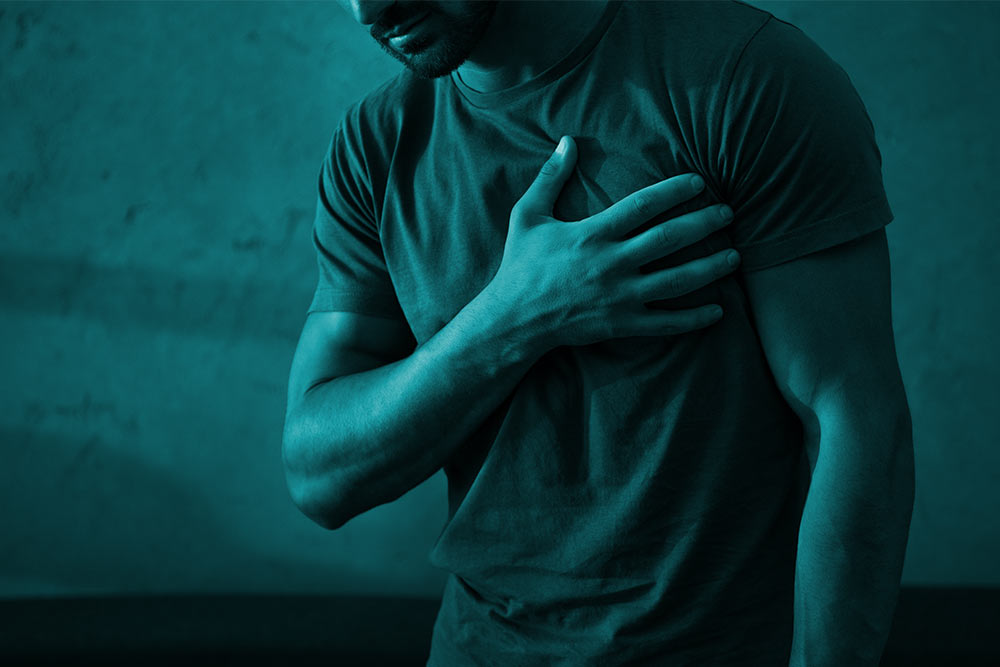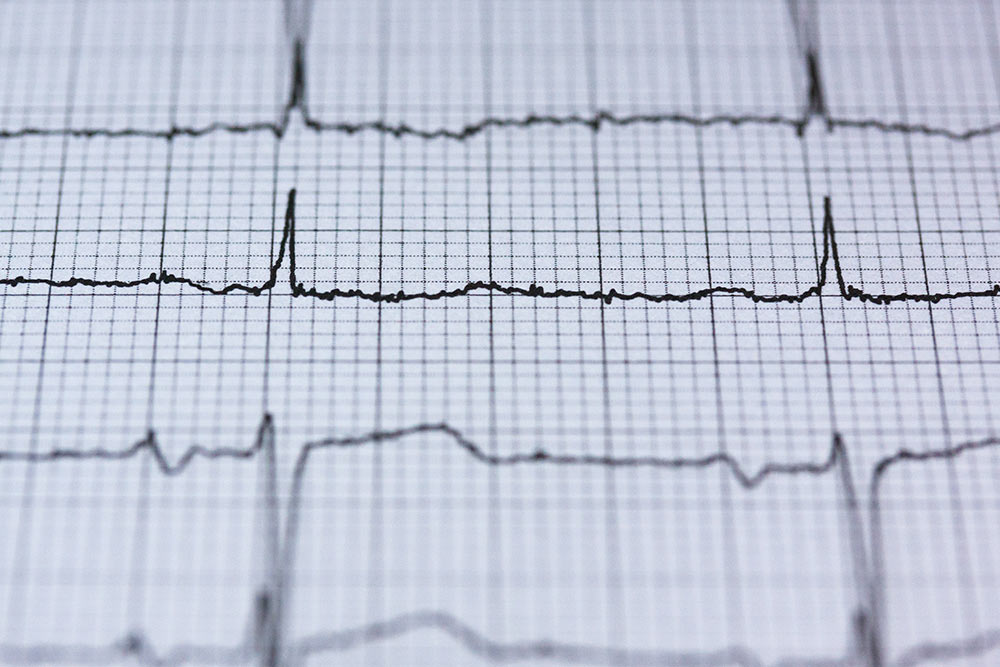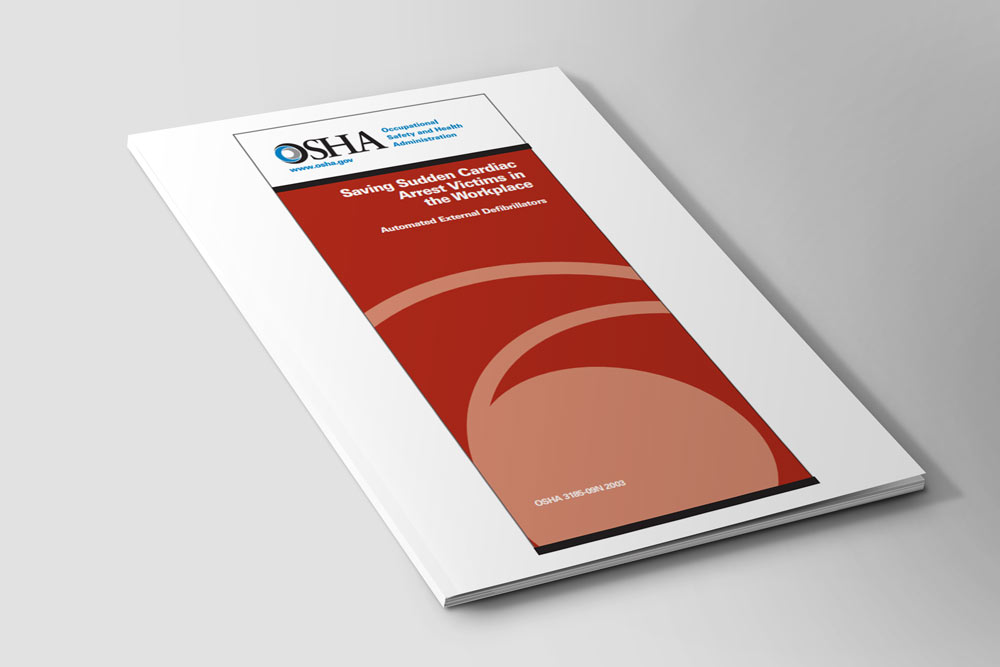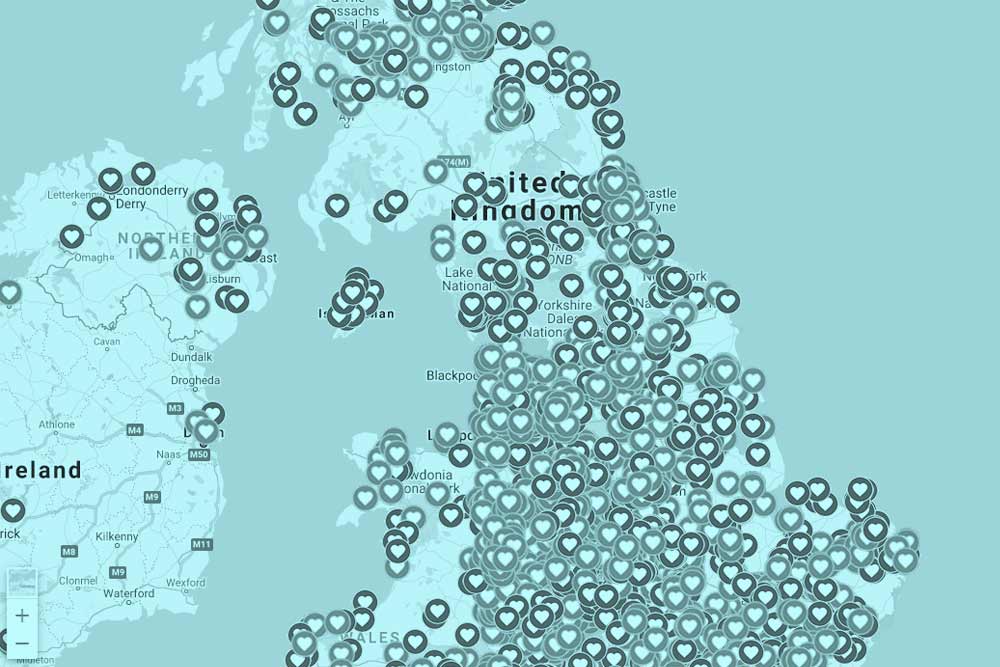Survivors of out-of-hospital sudden cardiac arrest (SCA) may suffer from long-term cognitive, psychological, or physical post-arrest consequences impacting and disrupting daily life. This recent Danish study aimed to explore the lived experience among cardiac arrest survivors. The findings revealed that out-of-hospital SCA survivors experience a knowledge gap struggling for support. A post-arrest pathway is needed led by a coordinating cardiac arrest specialist nursing service together with allied healthcare professionals. Focus on hypoxic brain injuries, emotional burdens, and supportive strategies are essential in the transition to daily life. Facilitated peer support is warranted.
Sudden Cardiac Arrest a major health crisis – 18.8% of out of hospital cardiac arrests occur in a public setting, with over 37% of cases witnessed by a layperson
Sudden cardiac arrest continues to be a major public health crisis worldwide.
There are more than 356,000 out-of-hospital cardiac arrests (OHCA) annually in the U.S., nearly 90% of them fatal. The location of OHCA in adults is most often a home or residence (69.8%), a public setting (18.8%) and an OHCA was witnessed by a layperson in 37.7% of cases. Sports-related Sudden Cardiac Arrests (SCA) accounted for 39% of SCAs among those <18 years of age, 13% for those 19-25 years of age, and 7% for those 25-34 years of age. The estimated societal burden of SCD in the U.S. was 2 million years of potential life lost for males and 1.3 million potential life lost for females, accounting for 40-50% of the years of potential life lost from all cardiac diseases. Among males, estimated deaths attributed to SCD exceeded all other individual causes of death, including lung cancer, accidents, chronic lower respiratory disease, cerebrovascular disease, diabetes mellitus, prostate cancer, and colorectal cancer.
https://www.sca-aware.org/about-sudden-cardiac-arrest/latest-statistics
Public awareness and willingness to use automated external defibrillators in a metropolitan city
Early defibrillation is crucial for the survival of patients with out-of-hospital cardiac arrest. This study aimed to examine the trends and associated factors regarding public awareness and willingness to use automated external defibrillators (AEDs) through citywide surveys.
The proportion of respondents who knew how to use AEDs increased from 4.7% in 2012 to 20.8% in 2018. Of the respondents in 2012, 2016, and 2018, 39.7%, 50.0%, and 43.2%, respectively, were willing to use an AED. Factors associated with willingness to use AEDs were male sex (adjusted odds ratio [AOR], 1.39; 95% confidence interval [CI], 1.10-1.75), cardiopulmonary resuscitation training experience in the previous 2 years (AOR, 1.80; 95% CI, 1.43-2.28), and awareness of how to use an AED (AOR, 4.40; 95% CI, 3.26-5.93).
Conclusion: To increase willingness to use AEDs, education in AED use is critical.
Effectiveness of Public-Access Automated External Defibrillators at Tokyo Railroad Stations, published May 2021
Aim of the study was to investigate the effectiveness of public-access automated external defibrillators (AEDs) at Tokyo railroad stations. The study analysed data from a population-based registry of out-of-hospital cardiac arrests in Tokyo, Japan (2014-2018). The primary outcome was survival at 1 month after cardiac arrest with favourable neurological outcomes. Among 280 eligible patients who had bystander-witnessed cardiac arrest and received defibrillation at railroad stations, 245 patients (87.5%) received defibrillation using public-access AEDs and 35 patients (12.5%) received defibrillation administered by emergency medical services (EMS). Favourable neurological outcomes at 1 month after cardiac arrest were significantly more common in the group that received defibrillation using public-access AEDs (50.2% vs. 8.6%; adjusted odds ratio: 11.2, 95% confidence interval: 1.43-88.4) than in the group that received defibrillation by EMS. Over a 5-year period, favourable neurological outcomes at 1 month after cardiac arrest of 101.9 cases (95% confidence interval: 74.5-129.4) were calculated to be solely attributable to public-access AED use. The incremental cost-effectiveness ratio to gain one favourable neurological outcome obtained from public-access AEDs at railroad stations was lower than that obtained from nationwide deployment (48.5 vs. 2133.4 AED units). Conclusion: Deploying public-access AEDs at Tokyo railroad stations presented significant benefits and cost-effectiveness. Thus, it may be prudent to prioritise metropolitan railroad stations in public-access defibrillation programs.
Saving Sudden Cardiac Arrest Victims in the Workplace
Saving Sudden Cardiac Arrest Victims in the Workplace by installing Automated External Defibrillators. Interesting report from OSHA (Occupational Safety and Health Administration) – stating that there are 220,000 victims of sudden cardiac arrest per year in the USA with about 10,000 sudden cardiac arrests occurring at work. Studies with immediate defibrillation have shown up to 60% survival one year after sudden cardiac arrest.
https://www.osha.gov/sites/default/files/publications/osha3185.pdf
Where is my nearest defibrillator / AED in the UK?
History of ECG/EKG capture – the journey since 1873
Scientists began the journey to modern electrocardiography in 1873 thanks to the capillary electrometer—which was invented by Gabriel Lippmann to detect electric current. The machine consisted of metal wires and a tube with one thick end and one thin end that was filled with mercury and sulfuric acid. Using the electrometer, British physiologist Augustus Desiré Waller developed the first EKG machine in 1887. It consisted of a capillary electrometer that was affixed to a projector. Electrodes were placed on the patient’s chest and back; when electrical current entered the tube, the mercury leapt up a short distance. The movement of the mercury, which represented the heart’s electrical pulses, was projected onto a photographic plate, a flat sheet of metal on which an image was recorded.
Intelesens Website Launch
We are delighted to launch our updated Intelesens website – which provides you with more information on the range of design, development and manufacturing services we offer to you.
We are a specialist manufacturer of bespoke defibrillator and ECG electrodes are renowned for our design, validation, development and manufacturing excellence. Our product portfolio incorporates the design and manufacture of precision defibrillation and ECG electrodes.
Manufactured to the highest quality standards, we are proud of our strong technical and production expertise built around our customer’s exacting needs and requirements.
If you would like to learn more, check out the website or just contact us
electrodes@intelesens.com, +44(0)28 9073 6801 – we are here to help.








